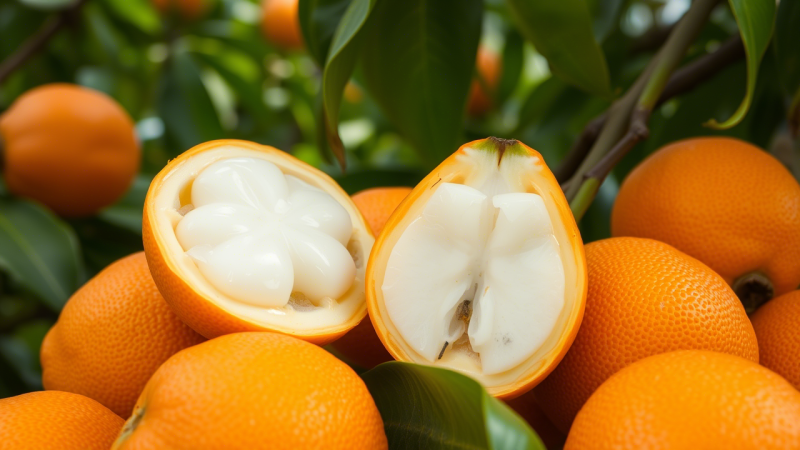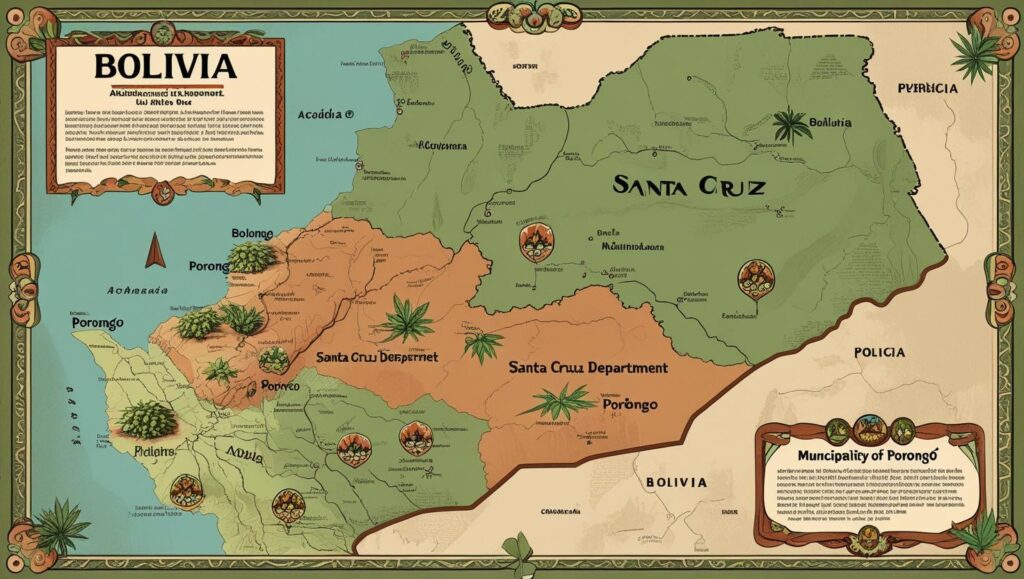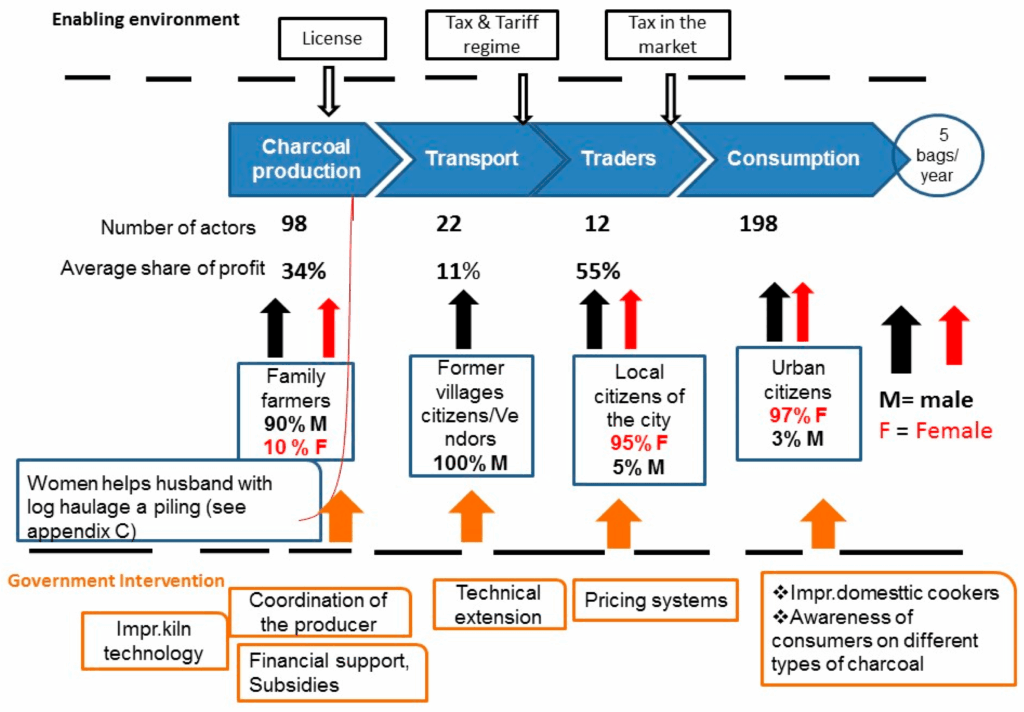Nestled in the tropical lowlands of the Amazon basin, Bolivia stands as the undisputed largest achachairú producer globally, a distinction rooted in the fruit’s native origins and deep cultural significance. As international demand for exotic and nutritious fruits grows, Bolivia is making calculated moves to transition the achachairú from a cherished local staple into a global commodity, with recent government-led initiatives aiming to open new, lucrative markets in the United States.

The achachairú (Garcinia humilis), a relative of the mangosteen, is a cornerstone of the agricultural economy in Bolivia’s eastern department of Santa Cruz. The region, particularly the municipality of Porongo, is the epicenter of the nation’s production. While precise, official figures on total annual tonnage remain closely held within national agencies, experts estimate that Bolivia accounts for over 90% of the world’s supply. The remainder is cultivated on a much smaller, semi-commercial scale, most notably in Queensland, Australia.
Bolivia’s Natural Advantage and Cultural Roots
The country’s dominance in achachairú cultivation is no accident. The fruit is indigenous to the Bolivian Amazon, where the unique combination of humid, tropical weather and well-drained, fertile soils provides the ideal conditions for the trees to flourish. This natural advantage has been cultivated for generations, embedding the fruit deep within the nation’s culinary and cultural fabric.
“The achachairú is more than just a fruit for us; it is a part of our heritage,” said a representative from the Porongo municipal government, a sentiment often echoed during the town’s annual Achachairú Festival. This January event celebrates the peak of the harvest season (November to March) and has become a vital platform for local growers to sell their produce and derived products, from juices and jams to artisanal liqueurs.
An estimated 4,000 producers are active in the Porongo region alone, a figure reported by the local agricultural news outlet Publiagro. These are predominantly small-scale family farms where traditional cultivation knowledge is passed down through generations.
“We care for the trees as our ancestors did,” explained Moisés Villagómez, a third-generation achachairú farmer from Porongo, in a recent interview. “The quality comes from the land and the respect we have for it. This year, the harvest is good, and we are hopeful about the new markets.”

A Push into International Markets
While the domestic market remains the primary consumer of achachairú, the Bolivian government is actively seeking to expand its global footprint. In a significant development, Bolivia’s National Service for Agricultural Health and Food Safety (SENASAG) has advanced negotiations with the United States Department of Agriculture (USDA).
On July 1, 2025, SENASAG announced it had received the sanitary guidelines from the USDA’s Animal and Plant Health Inspection Service (APHIS) required for the export of achachairú pulp to the U.S. This marks a critical step toward opening one of the world’s most valuable consumer markets.
“This is a decisive step in the journey to export this Bolivian product,” SENASAG stated in an official press release. The agency emphasized its commitment to strengthening agro-alimentary exports by guaranteeing the health and safety of Bolivian products, thereby supporting producers in accessing competitive and sustainable markets. The focus on pulp, rather than fresh fruit, helps circumvent the logistical challenges posed by the fruit’s relatively short shelf life.
This initiative is part of a broader strategy by the administration of President Luis Arce to diversify Bolivia’s export portfolio beyond traditional commodities. The Bolivia achachairú industry is seen as a source of potential growth, promising new income streams for thousands of rural families.
Economic Potential and Production Hurdles
The economic potential of the Garcinia humilis fruit lies in its unique flavor profile—often described as a mix of sweet and tart, with notes of mango, lychee, and citrus—and its nutritional benefits. The fruit is rich in Vitamin C, potassium, and antioxidants. Furthermore, the rind, often discarded, is being researched for various applications, including use in beverages and traditional medicine for its anti-inflammatory properties.
Despite its potential, the path to becoming a major export is not without challenges. The long maturation period of the achachairú tree, which can take up to eight years to produce fruit commercially, is a significant barrier for new producers. Additionally, the industry must scale up its processing and logistics infrastructure to meet the stringent quality and safety standards of international markets like the U.S. and Europe.

Researchers at institutions like the Tropical Agriculture Research Center (CIAT) in Santa Cruz and the National Institute of Agricultural and Forestry Innovation (INIAF) are working on improving cultivation techniques and developing hardier, more productive varietals. Their work is crucial for ensuring a consistent and high-quality supply chain capable of supporting a robust export market.
As Bolivia takes these deliberate steps to introduce its “honey kiss” fruit to the world, it leverages a powerful combination of natural monopoly, deep cultural roots, and a clear-eyed government strategy. The coming years will be critical in determining whether the world’s largest achachairú producer can successfully transform its national treasure into a globally recognized superfruit.
Who is the World’s Largest Horned Melon Producer? The Answer is More Complex Than It Appears
